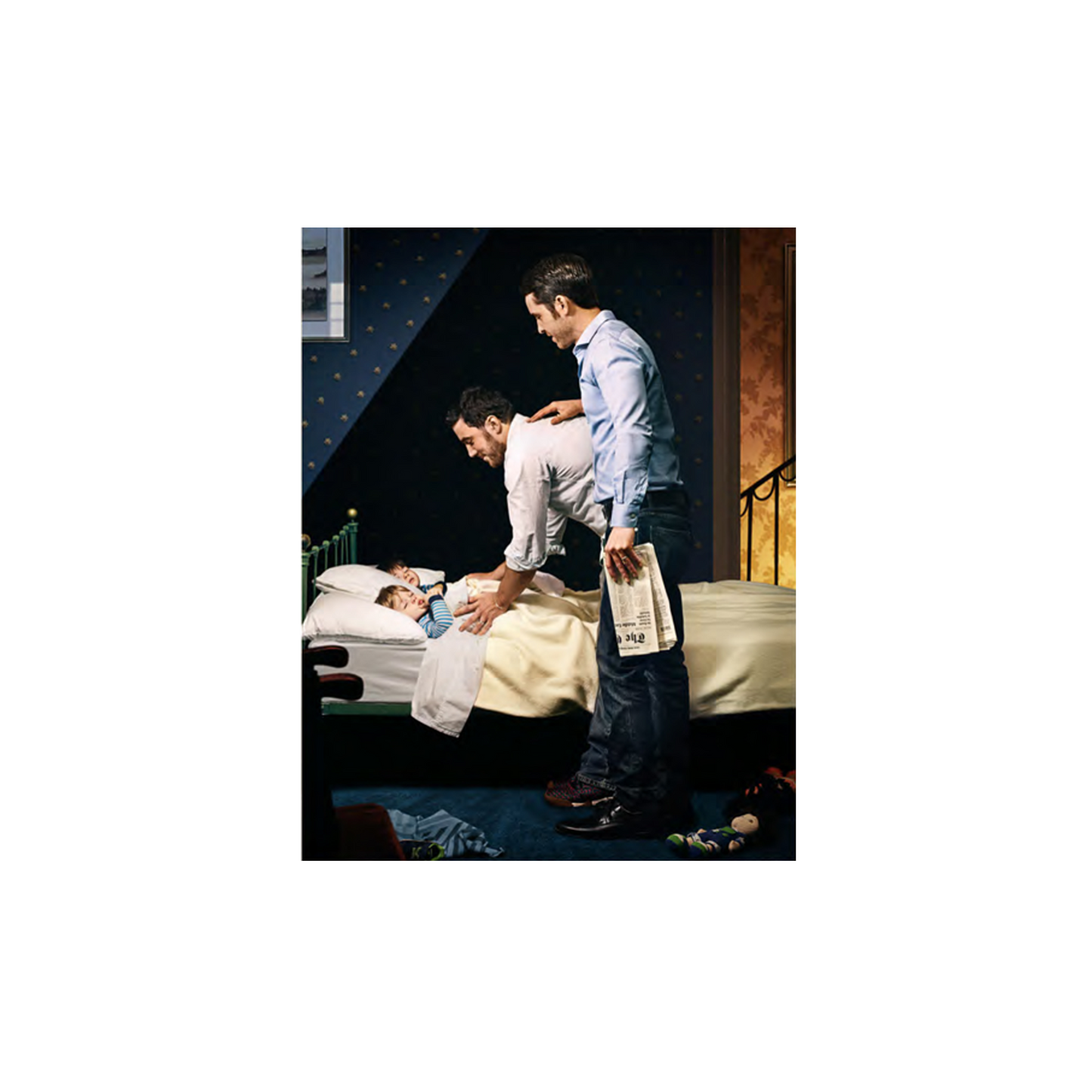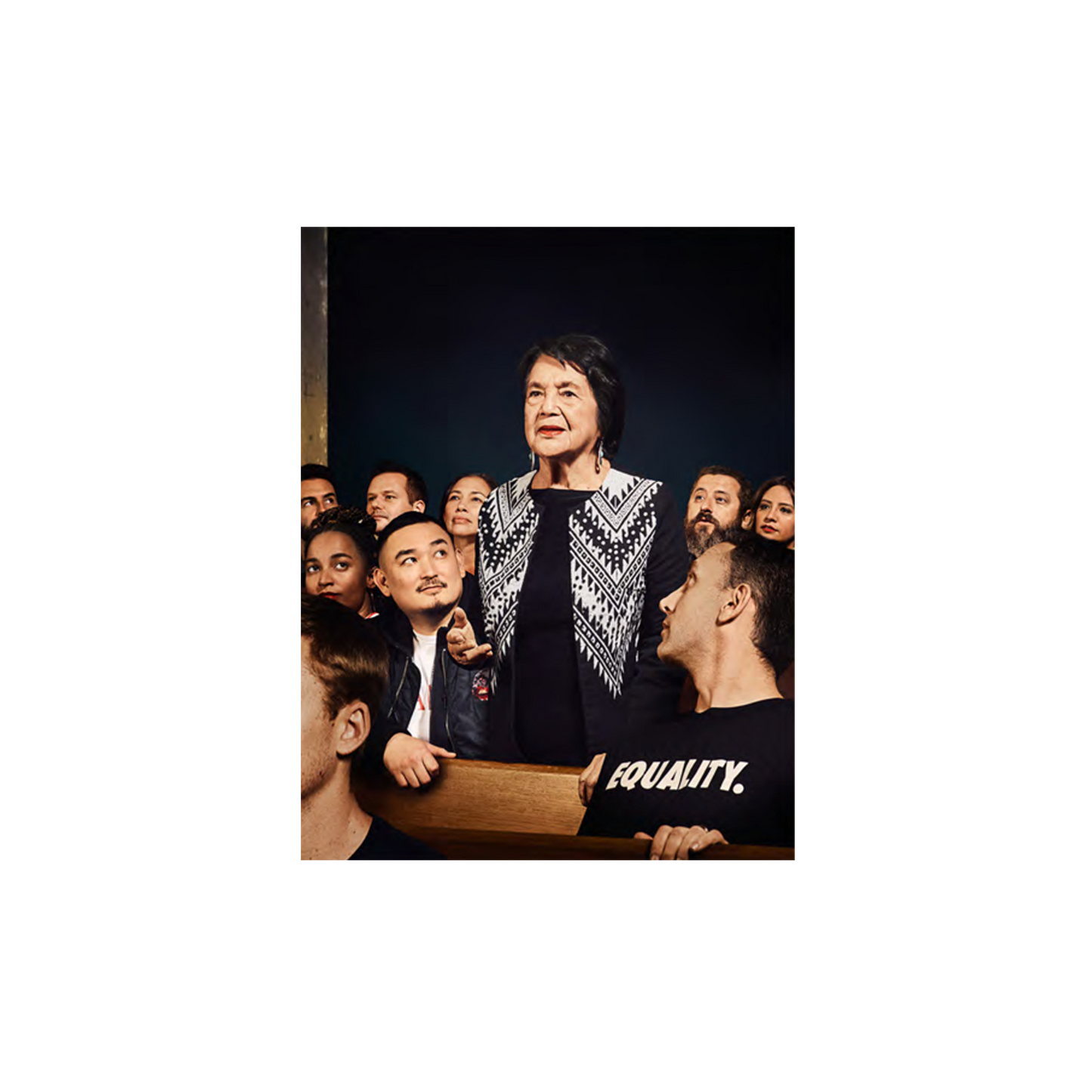Hank Willis Thomas and Emily Shur
Four Freedoms Photographs - Collection 2
Four Freedoms Photographs - Collection 2
Couldn't load pickup availability
HANK WILLIS THOMAS AND EMILY SHUR
IN COLLABORATION WITH ERIC GOTTESMAN AND WYATT GALLERY
Four Freedoms Photographs
Collection 2 - Speech, Fear, Want, Worship
Four archival pigment prints on Platine fibre rag paper
During the lead-up to the 2018 midterm elections, For Freedoms co-organized town halls, exhibitions, billboards, and public art activations in all 50 states, Washington D.C., and Puerto Rico, planting the seeds for a movement centered on creative action, inclusiveness, and open dialogue, leading to what has been recorded as the largest creative collaboration in U.S. history.
As a part of the first 50 State Initiative, For Freedoms reimagined Norman Rockwell’s Four Freedoms paintings as photographs in an effort to represent the multitudes of American identities that make us who we are today. Artists Hank Willis Thomas and Emily Shur, alongside Eric Gottesman and Wyatt Gallery, gathered friends, artists, activists, and community organizers to take their place within these iconic works. These images were mass distributed online, through social media, as well as on billboards, posters, and magazine covers, in order to recognize and celebrate our diversity.
Each of the photographs represent and depict the Four Freedoms - goals that were articulated by President Franklin D. Roosevelt on Monday, January 6, 1941 in an address known as the Four Freedoms speech (technically the 1941 State of the Union address). The president proposed four fundamental freedoms that people "everywhere in the world" ought to enjoy:
Freedom of speech
Freedom of worship
Freedom from want
Freedom from fear
To measure the impact of the 50 State Initiative, For Freedoms partnered with the Perception Institute and a research team at New York University to conduct a national panel survey that invited respondents to report reactions and motivations to one of a set of artistic political campaigns, lending insight into how the images influenced intentions to vote in the midterms.
The Four Freedoms images included in the study—billboard designs and Four Freedoms Photographs—helped to erase the voting gap in key blocs. Exposure to our ideas encouraged people to get involved and encouraged to participate. Our work brought communities together for open dialogue and motivated people to engage with people similar and dissimilar from themselves.












